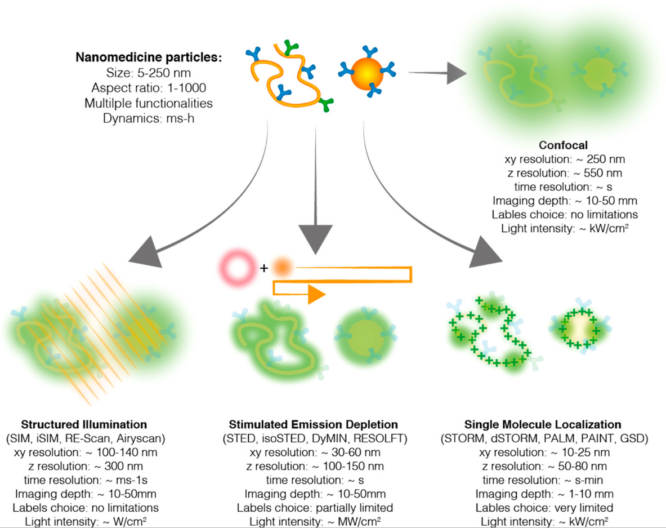A team of researchers from the Gallogly College of Engineering at OU, OU Health Sciences Center, and Yale University led by Stefan Wilhelm, Ph.D., assistant professor in the Stephenson School of Biomedical Engineering, recently published an article in ACS Nano about their super-resolution imaging platform technology to better understand nanoparticle interactions within cells.
Scientists and engineers are creating new health technologies as engineering and healthcare technology advances. Nanomedicine uses nanoparticles to deliver drugs to tackle infectious illnesses and cancer. Optical imaging, which has low resolution, is used to analyze nanomedicines in cells, tissues, and organs. Nanoparticles’ 3-D ultrastructural context in biological tissues requires new imaging tools.

“To see nanomedicines in biological samples, researchers either use electron microscopy, which has excellent spatial resolution but lacks 3-D imaging, or optical microscopy, which has excellent 3-D imaging but low spatial resolution,” Wilhelm added.
Improvements in super-resolution imaging might aid the growth of nanomedicine.
We demonstrate electron microscopy-like 3-D imaging of biological material. Super-resolution imaging shows nanomedicines inside cells. This new super-resolution imaging technology allows us to track and monitor nanoparticles inside cells, which is necessary for building safer and more effective nanomedicines that target specific cell regions.
Expansion microscopy was used to embed cells in swellable hydrogels for 3-D super-resolution imaging. Hydrogels inflate 20-fold when wet, like diapers.
Wilhelm stated, “This expansion allows conventional optical microscope imaging of cells with a lateral resolution of approximately 10 nanometers. We used this technique to examine metallic nanoparticles in cells. Metallic nanoparticles disperse light, which we use. We imaged and quantified nanoparticles inside cells without labeling using scattered light.”
The scientists advise using their super-resolution imaging platform technology to create safer and more effective nanomedicines to accelerate their clinical usage.

